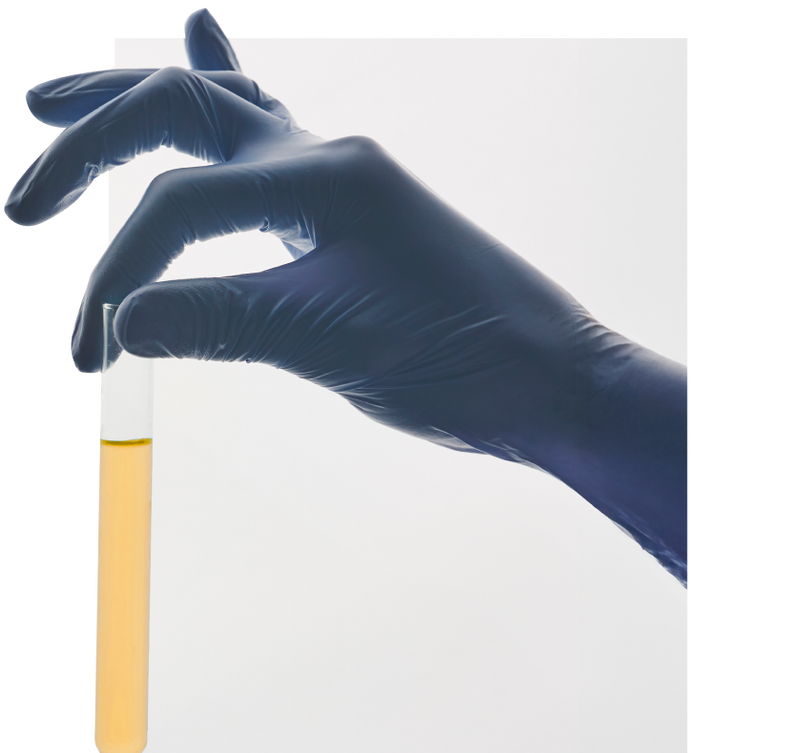The legal status of Delta 9 THC depends largely on how it's sourced. Under the 2018 Farm Bill, hemp-derived Delta 9 THC is federally legal in the U.S., as long as the product contains no more than 0.3% Delta 9 THC by dry weight. This specific threshold allows for low-dose options like gummies and mints to be legally produced and sold in many states.
That said, state laws can differ, and regulations may change over time. Some states have placed restrictions on hemp-derived THC products regardless of federal guidelines, so it’s always a good idea to check local laws before making a purchase. Understanding the legal landscape is especially important for those exploring Delta 9 THC as part of their wellness routine, since access can vary depending on location.
What Does Delta 9 THC Feel Like?
The experience of Delta 9 THC may vary from person to person, depending on several factors. Everything from how it’s consumed to the presence of other cannabinoids can shape the outcome. Here's how some of the key elements might influence the overall feel of Delta 9 THC:
Effects May Vary From Person To Person
Each person’s body processes cannabinoids differently, which means the effects of Delta 9 THC are not universal. Factors like metabolism, tolerance, and sensitivity all play a role in how someone might respond. While some individuals report feeling more grounded or elevated, others may feel minimal changes depending on the dose.
Dose And Delivery Method Play A Big Role
The way Delta 9 THC is consumed may affect both onset and duration. Edibles like gummies often take longer to kick in, sometimes up to an hour or more, while options like micro mints may be absorbed faster through the mouth. Smaller amounts are often used when someone is looking to ease into the experience gradually.
Other Cannabinoids May Influence The Experience
When Delta 9 THC is paired with cannabinoids like CBD or CBC, the overall effect may feel more balanced. Some formulas include these additional compounds to support a more tailored outcome. The combination of ingredients can shape how noticeable or smooth the experience feels.
How To Take Delta 9 THC Safely
Like with any cannabinoid, understanding how to approach Delta 9 THC matters, especially for those new to it. Responsible use begins with awareness of how the body may respond and knowing what to look for in a high-quality product. Below are a few key tips for thoughtful, informed use:
Start Low And Adjust Gradually
Beginning with a smaller amount may help gauge how Delta 9 THC interacts with the body. This approach gives individuals space to notice how they feel before deciding whether to increase the serving. Products like micro mints or low-dose gummies are often formulated for easy portion control.
Pay Attention To Product Labels And Lab Testing
Not all products are created equally, which is why it is important to look at lab results and ingredient lists. BATCH products are tested for potency, purity, and safety, and transparent reporting is available for every batch. Knowing what’s inside helps support a more confident experience.
Speak With A Health Professional First
Before adding Delta 9 THC to any routine, it's a good idea to check in with a healthcare provider. This is especially true for individuals taking medications or navigating specific health concerns. Personal guidance from a trusted medical source can help clarify what’s appropriate based on individual needs.
Read also:
Sources:
- Johnson, L., Malone, M. H., Paulson, E. K., Swider, J., Marelius, D., Anderson, S., & Black, D. (2023). Potency and safety analysis of hemp delta-9 products: the hemp vs. cannabis demarcation problem. Journal of Cannabis Research, 5(1). https://doi.org/10.1186/s42238-023-00197-6
- Satybaldiyeva, N., Yang, K. H., Kepner, W. E., & Leas, E. C. (2025). U.S. State Marijuana and Delta-8-Tetrahydrocannabinol Laws and Delta-8-Tetrahydrocannabinol Use. American Journal of Preventive Medicine, 108026. https://doi.org/10.1016/j.amepre.2025.108026
- Laudanski, K., & Wain, J. (2022). Considerations for Cannabinoids in Perioperative Care by Anesthesiologists. Journal of Clinical Medicine, 11(3), 558. https://doi.org/10.3390/jcm11030558
Observer
Merry Jane
People
Pop Sugar
Cosmopolitan


















